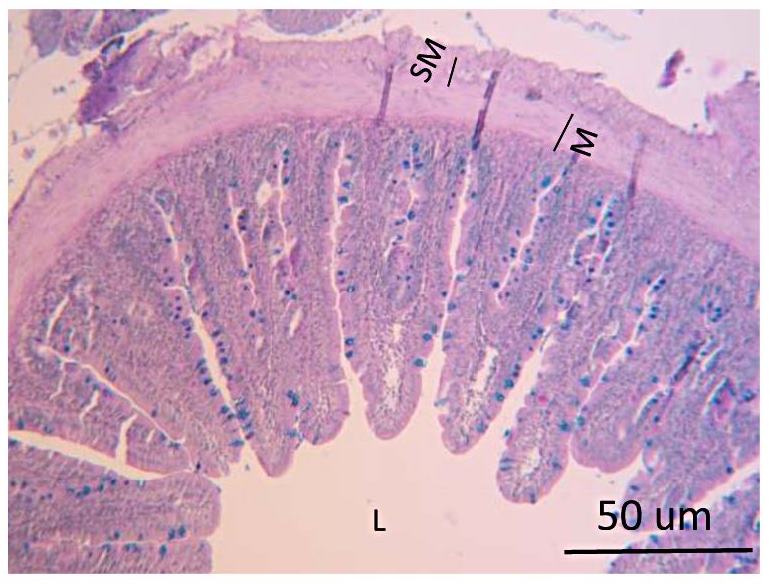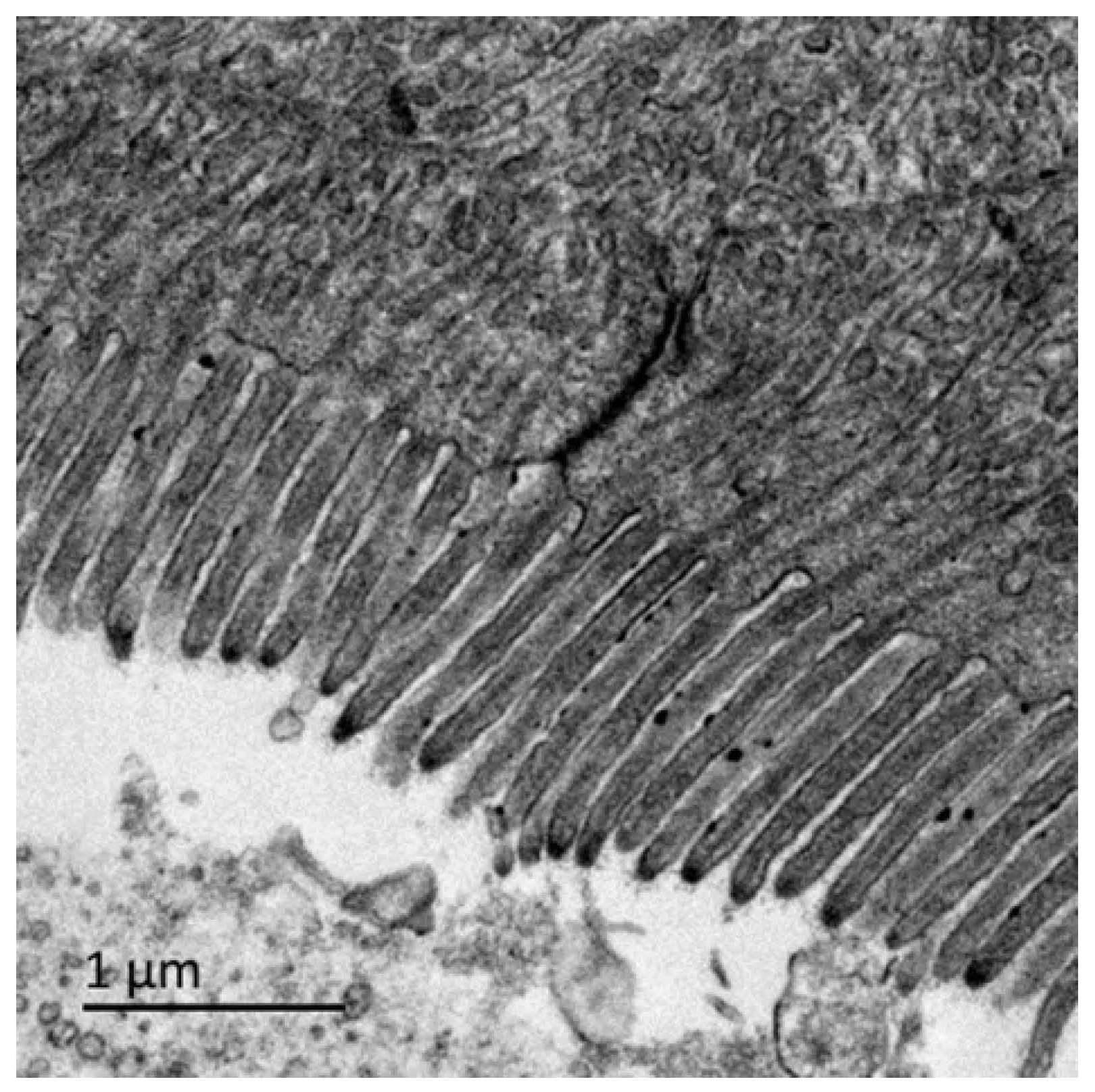The Gut Microbiota of Farmed Aquatic Animals: Current Strategies and Perspectives in Environment and Dietary Modulation for Enhanced Health and Resilience in Aquaculture
A special issue of Animals (ISSN 2076-2615). This special issue belongs to the section "Aquatic Animals".
Deadline for manuscript submissions: closed (5 December 2022) | Viewed by 9133
Special Issue Editors
2. Emeritus Professor of Aquaculture Nutrition and Biosciences, Harper Adams University, Newport, UK
Interests: fish nutritional requirements; feed formulation; functional feed additives; sustainable ingredients; immuno-nutrition; gene expression; gut integrity; microbiome; disease resistance; health and welfare
Special Issues, Collections and Topics in MDPI journals
Interests: Crustaceans; fish; gut integrity; microbial films; animal welfare
Interests: aquaculture nutrition and immunology; nutrigenomics and gut health disease resistance
Special Issues, Collections and Topics in MDPI journals
Special Issue Information
Dear Colleagues,
This Special Issue of Animals will address the dynamic role of the microbiome in relation to influence on normal physiology, metabolism, and interaction with the intestinal mucosal interface. We desire to examine the complex role and synergy of the microbial population in farmed fish in terms of supporting health and optimum performance, such as growth and feed conversion efficiency. The tolerance of fish to various infections and defense system mechanisms due to the gut flora will be of immense interest. The breaching of these barriers (gut mucosal barrier) can generate inflammatory pathways leading to pathogenic insult, disease, and mortality. It is important to appreciate the potential to exert a positive corrective influence through dietary modulation and use of functional feed additives and dietary supplements such as prebiotics and probiotics to create a more resilient and robust fish via modulation of the immunological system. This will be a new avenue for healthier farmed fish and achieve a pathway for higher welfare status.


Prof. Dr. Simon Davies
Dr. Alex Wan
Dr. Cecília Souza-Valente
Guest Editors
Manuscript Submission Information
Manuscripts should be submitted online at www.mdpi.com by registering and logging in to this website. Once you are registered, click here to go to the submission form. Manuscripts can be submitted until the deadline. All submissions that pass pre-check are peer-reviewed. Accepted papers will be published continuously in the journal (as soon as accepted) and will be listed together on the special issue website. Research articles, review articles as well as short communications are invited. For planned papers, a title and short abstract (about 100 words) can be sent to the Editorial Office for announcement on this website.
Submitted manuscripts should not have been published previously, nor be under consideration for publication elsewhere (except conference proceedings papers). All manuscripts are thoroughly refereed through a single-blind peer-review process. A guide for authors and other relevant information for submission of manuscripts is available on the Instructions for Authors page. Animals is an international peer-reviewed open access semimonthly journal published by MDPI.
Please visit the Instructions for Authors page before submitting a manuscript. The Article Processing Charge (APC) for publication in this open access journal is 2400 CHF (Swiss Francs). Submitted papers should be well formatted and use good English. Authors may use MDPI's English editing service prior to publication or during author revisions.
Keywords
- gut microbiome
- mucosal interface
- immunostimulation
- diet
- functional feed additives
- probiotics
- prebiotics
- symbiotics microbiota and environment






